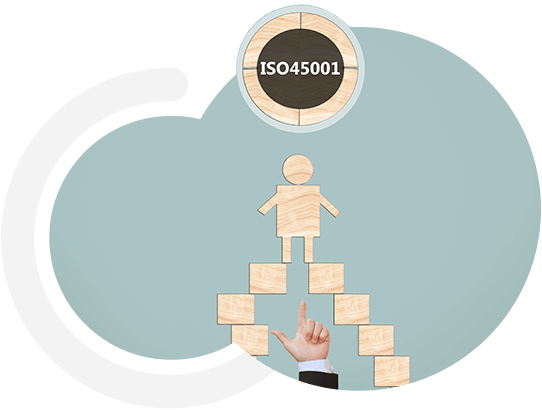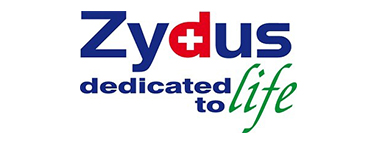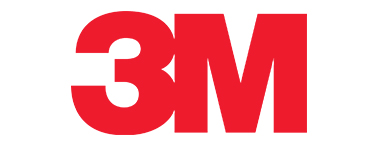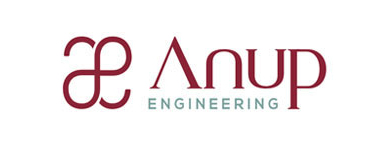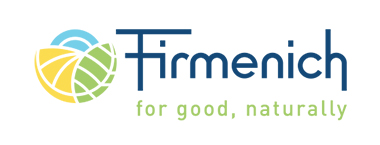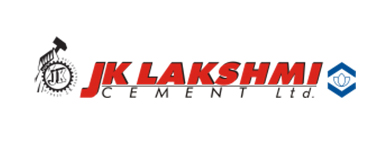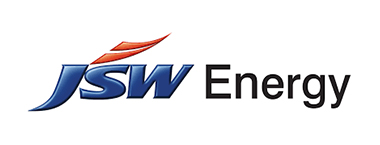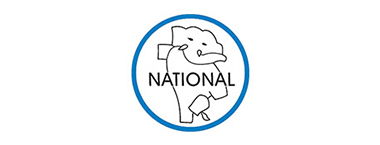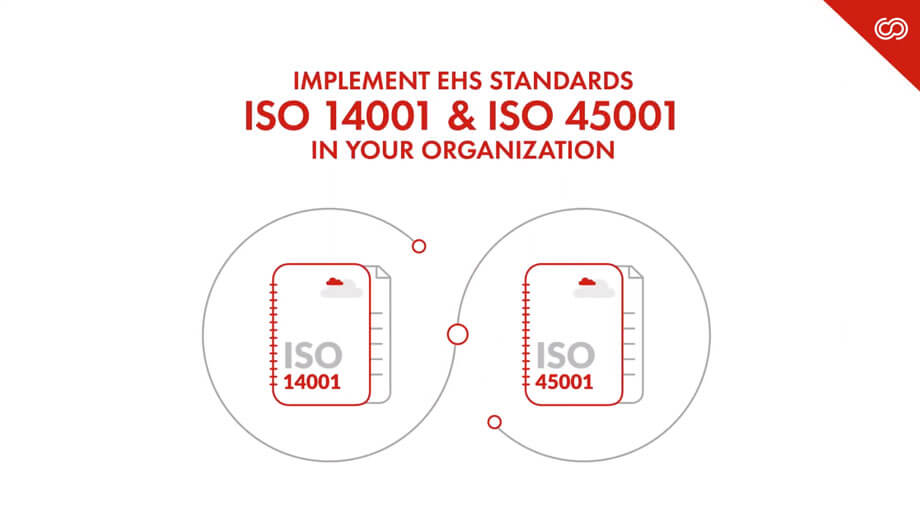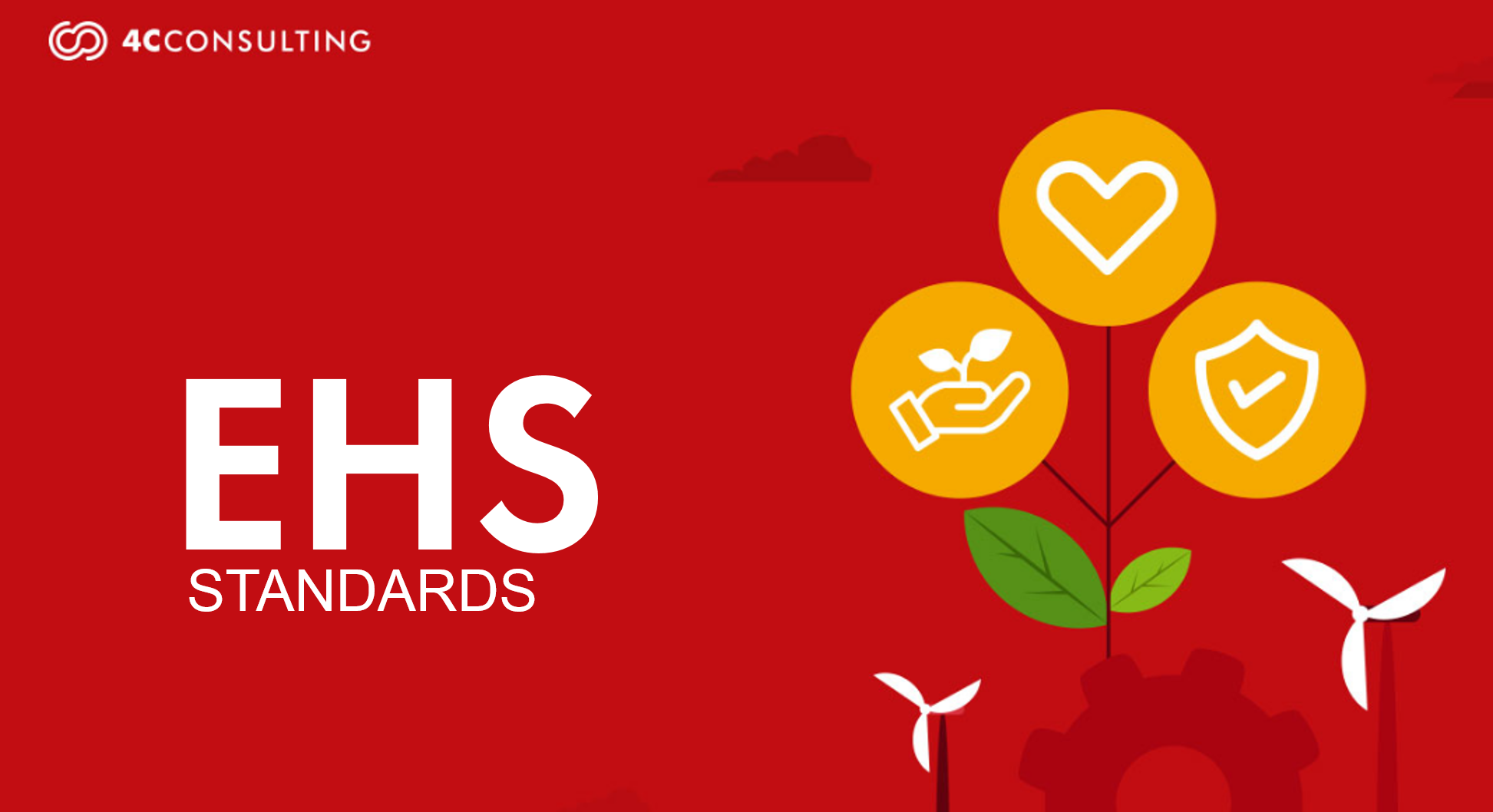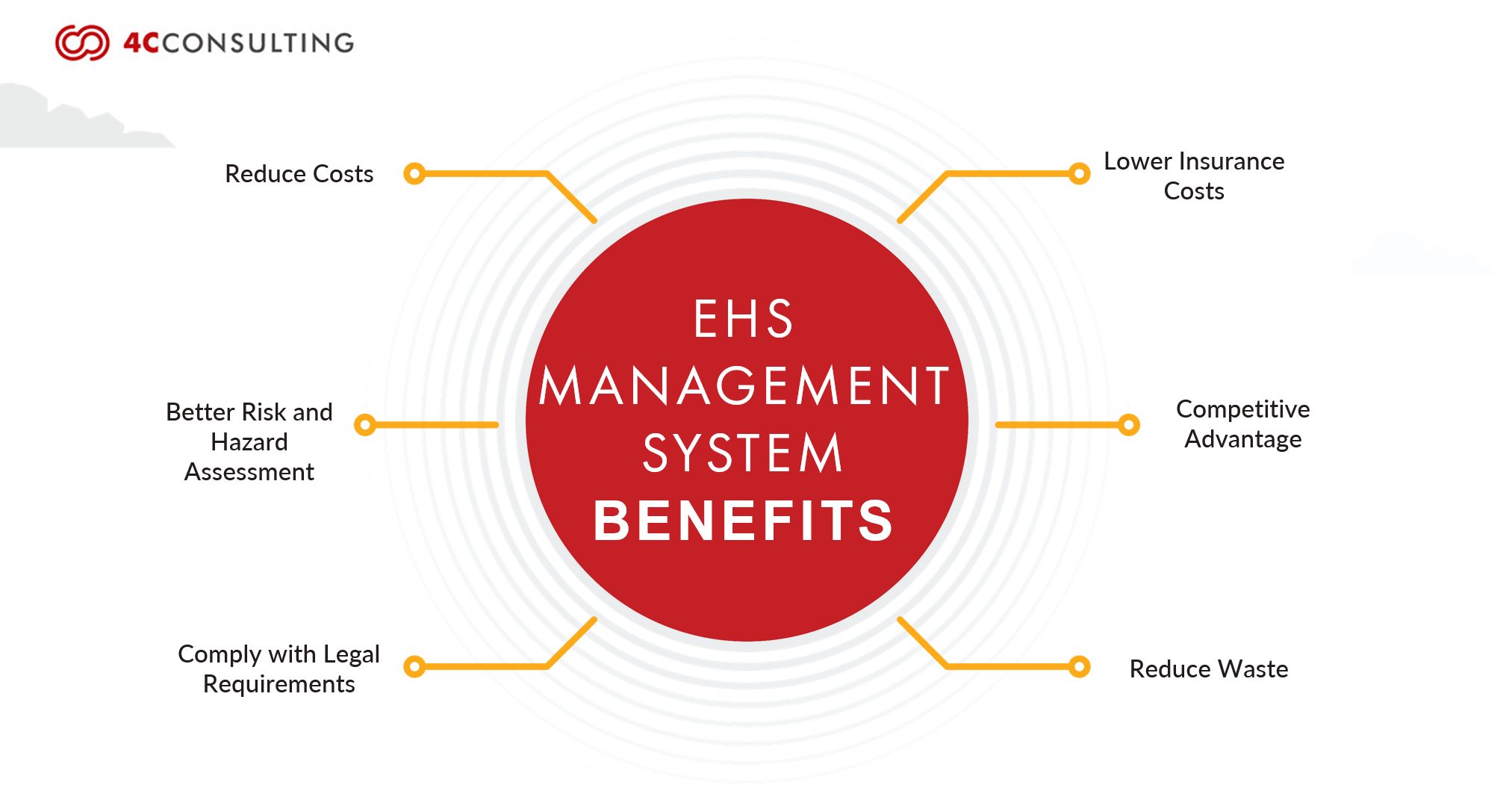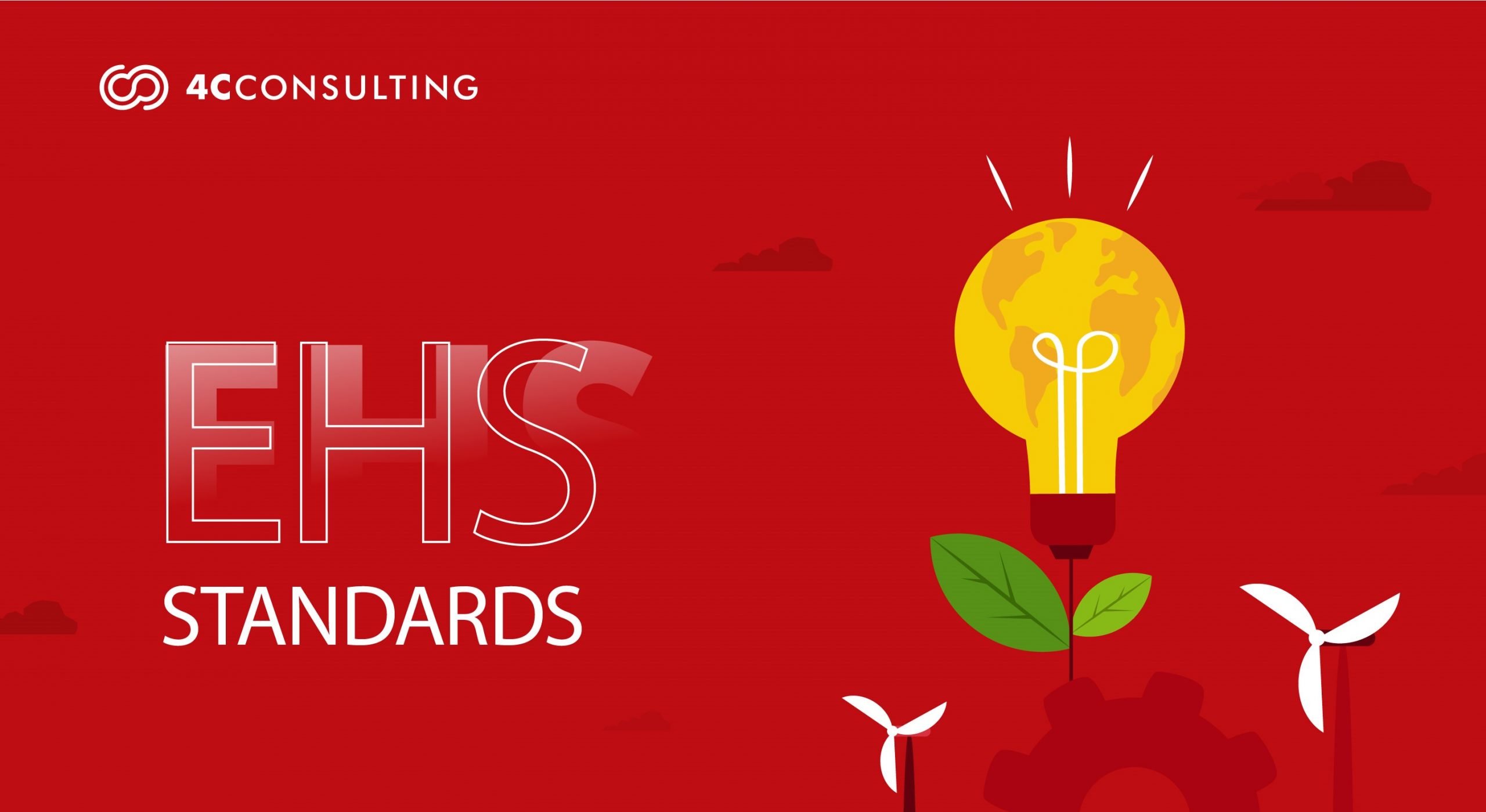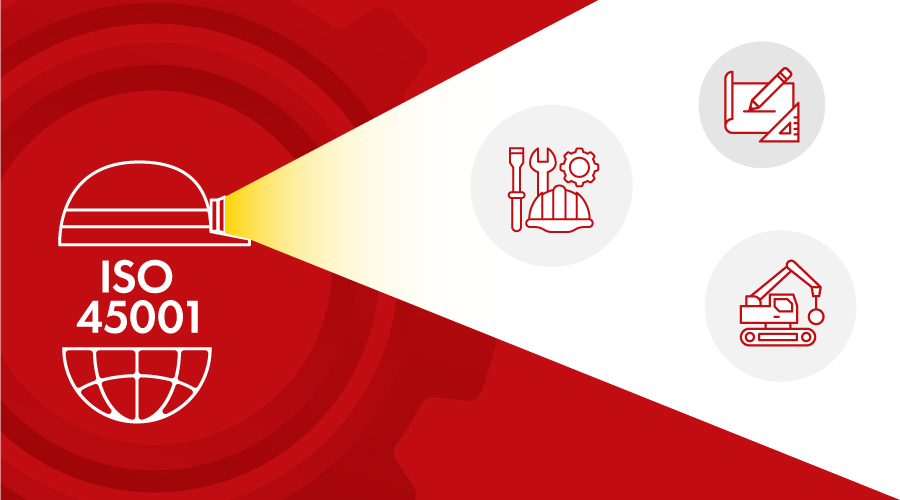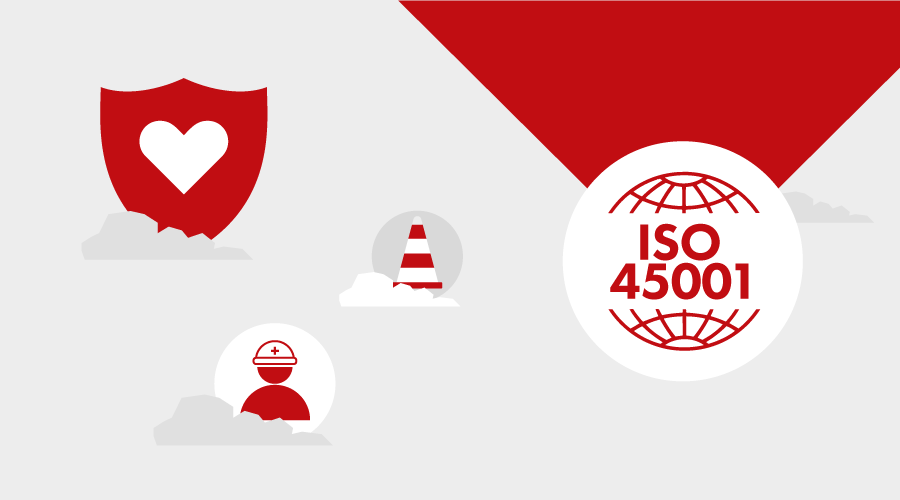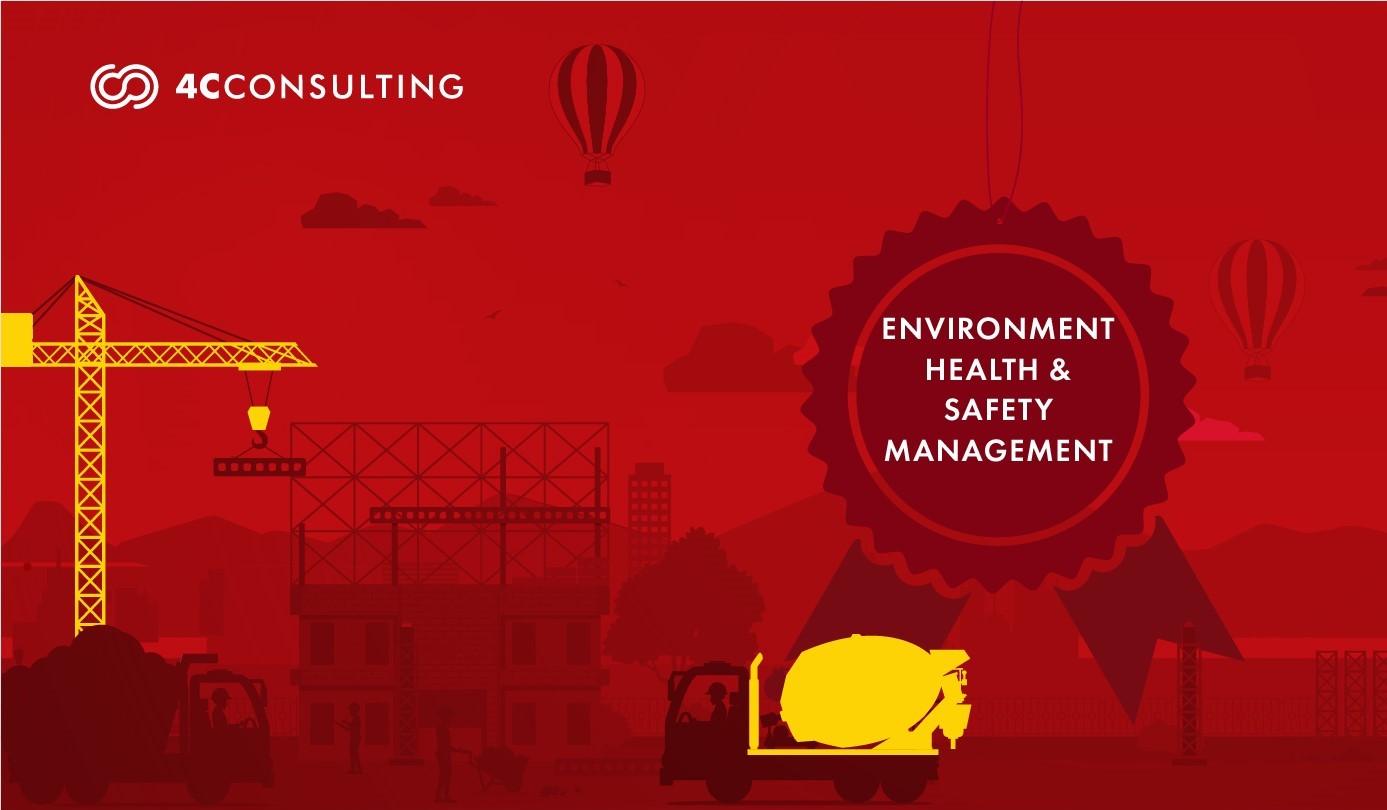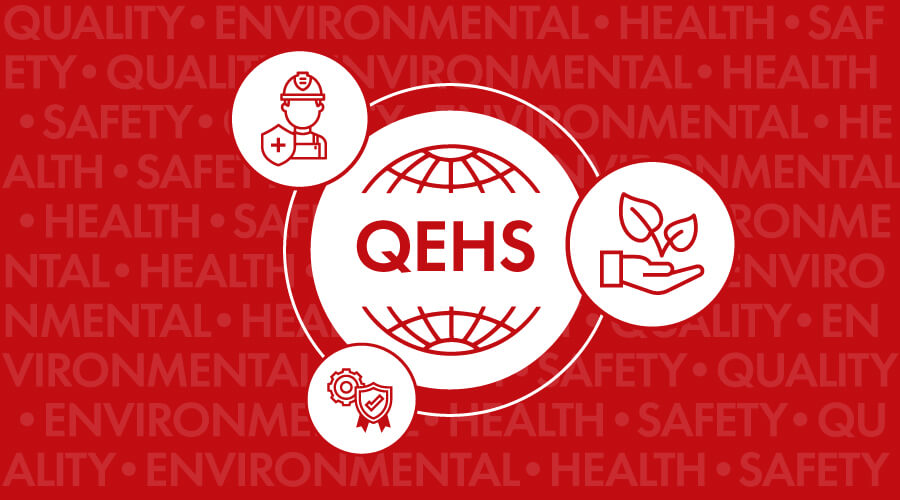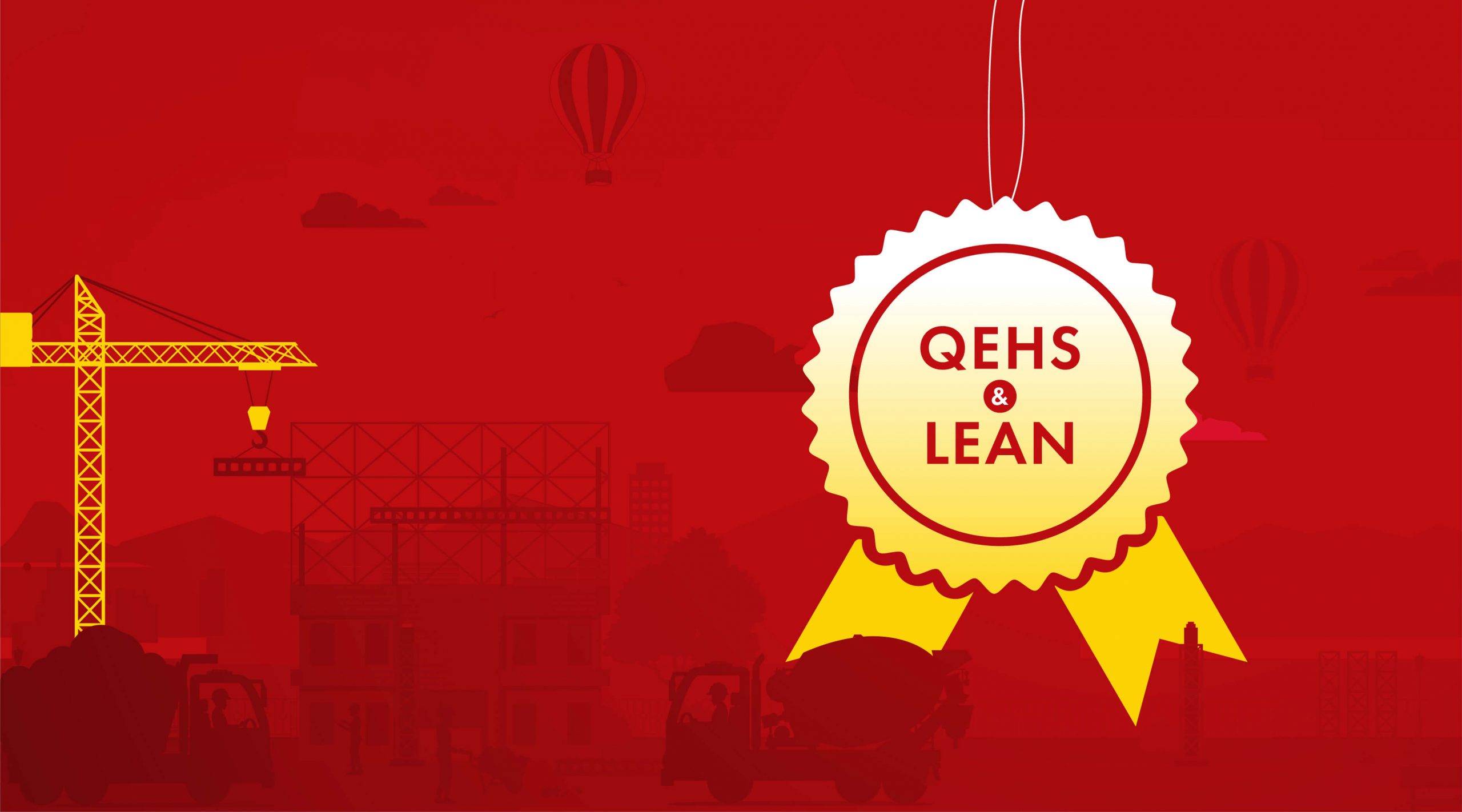
Frequently Asked Questions ISO 45001
while both OHSAS 18001 and ISO 45001 address occupational health and safety management systems, ISO 45001 is the latest standard and takes a more proactive approach to risk management. It emphasizes continual improvement, leadership, worker participation, stakeholder engagement, and considers the context of the organization. ISO 45001 also aligns more closely with other ISO management system standards, making integration with other management systems easier.
ISO 45001 is a comprehensive standard that outlines the requirements for an effective occupational health and safety management system . Its main components include identifying internal and external factors that can impact OH&S performance, establishing OH&S policies and objectives, conducting risk assessments and taking actions to address hazards and opportunities, implementing operational controls, providing OH&S training and awareness, establishing incident investigation and corrective action processes, monitoring and measuring OH&S performance, and continually improving the OH&S management system. These components are all designed to help organizations proactively enhance employee safety, reduce workplace risks, and create better, safer working conditions.
Yes, ISO 45001:2018 can be integrated with other management systems, allowing organizations to combine occupational health and safety management with other areas such as quality management or environmental management.


